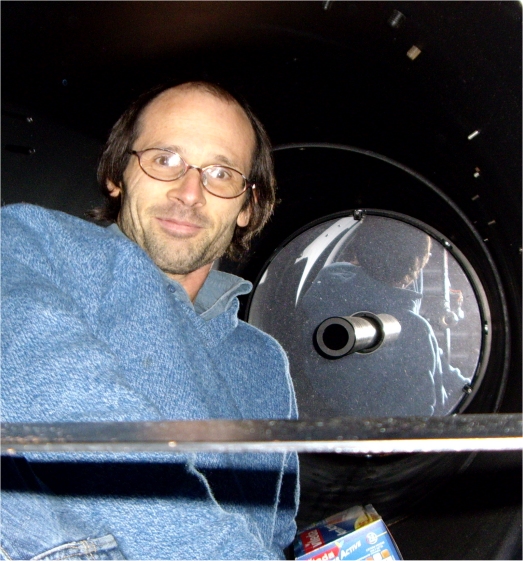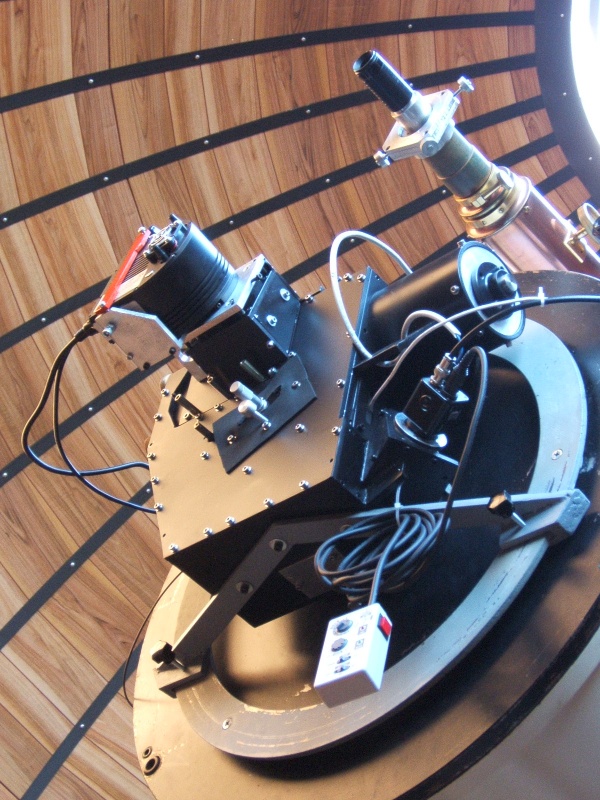 Contact for Spectroscopy:
Contact for Spectroscopy:
Paolo Valisa
paolo.valisa@gmail.com
|
We recorded our first astronomical spectra in 1997 on comet Hale Bopp with a
spectrometer installed in a wood box at the focus of the 0.6m telescope. The
detector was B/W film and we had success only because of the exceptional
luminosity of this comet.
Soon we replaced film with CCD and were able to record a lot of
spectra of planets, stars and galaxies. These spectra are still available in
Spectroscopy Old Pages.
In October 2005 we met prof. Ulisse Munari
(Asiago Observatory) that give us a lot of suggestions on how to improve further our spectrograph
and by April 2006 we entered ANS collaboration (coordinated by Ulisse Munari and Alessandro Siviero)
and started spectroscopic observations of galactic novae with V2362 Cyg that resulted in our
first IAU Circular
and
published paper. Since then we are following novae and symbiotic stars both in
quiescence and outburst. September 2008 was the first light for a
new echelle spectrograph that
can be easily switched also to longslit. Design and performance of this instrument is described
above.
|
 Contact for Spectroscopy:
Contact for Spectroscopy:
